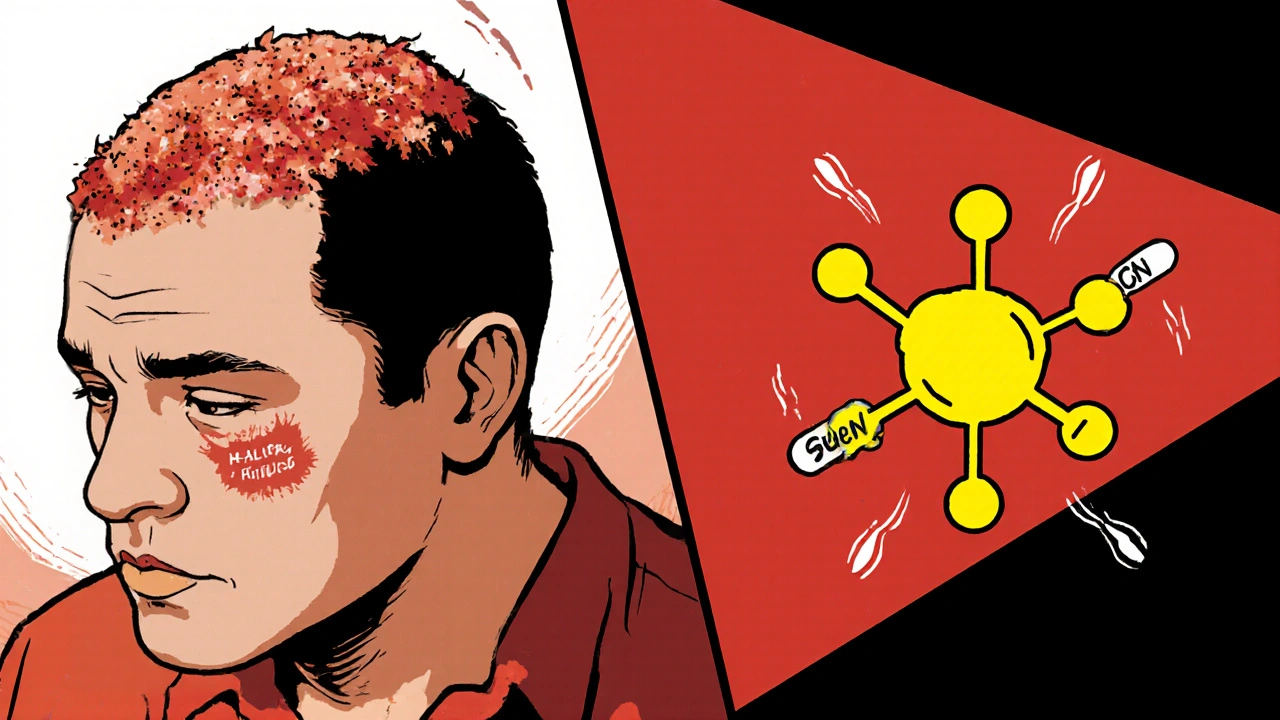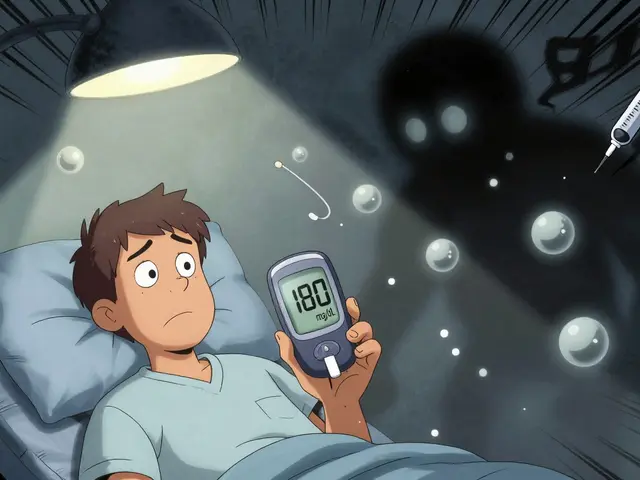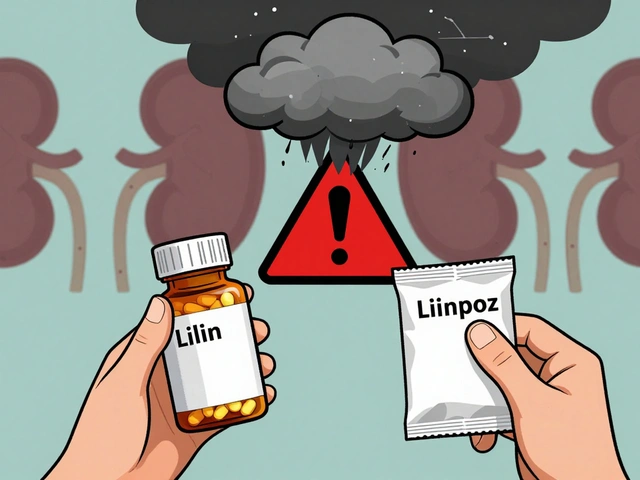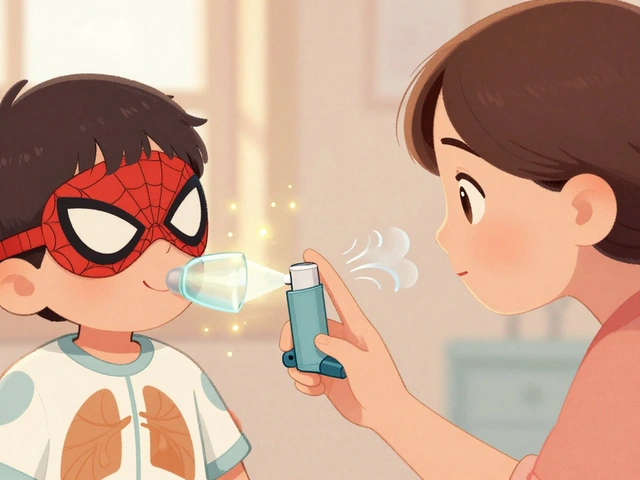Seborrheic Dermatitis Treatment: Effective Options and What Actually Works
When your scalp flakes like snow in January, or your face gets red, oily, and itchy, you’re likely dealing with seborrheic dermatitis, a common skin condition caused by an overgrowth of yeast on oily areas of the skin. Also known as dandruff when it shows up on the scalp, this condition doesn’t mean you’re not clean—it means your skin’s natural oils are feeding something it shouldn’t. It’s not contagious, not caused by stress alone, and not just a "bad hair day." It’s a real, measurable skin reaction that affects millions, especially around the nose, eyebrows, ears, and chest.
What makes it tricky is that it looks like eczema, psoriasis, or even acne. But the real culprit? A yeast called Malassezia, a naturally occurring fungus on human skin that can overgrow and trigger inflammation. When your immune system reacts to it, your skin cells multiply too fast, leading to flaking and redness. That’s why treatments focus on two things: calming the inflammation and controlling the yeast. You don’t need to chase miracle cures. The most effective options are simple, well-studied, and available without a prescription.
For mild cases, antifungal creams, like ketoconazole or ciclopirox, work better than most people expect. A daily shampoo with zinc pyrithione or selenium sulfide can clear scalp flaking in weeks. For the face, gentle cleansers with niacinamide or low-dose hydrocortisone (used sparingly) help reduce redness without thinning the skin. Even tea tree oil, backed by clinical trials, shows promise when diluted properly. The key isn’t using ten products—it’s picking one or two that target the yeast and sticking with them.
Many people try to fix this with harsh soaps or scrubs, but that only makes it worse. Your skin barrier is already compromised. Instead, focus on balance: moisturize with non-comedogenic formulas, avoid alcohol-based toners, and skip heavy oils like coconut oil on affected areas. Sunlight helps some people—UV light naturally suppresses yeast—but don’t skip sunscreen. This isn’t a condition you cure once and forget. It’s something you manage, like high blood pressure or allergies. Some people get relief for months. Others need to use medicated shampoos every few days for years. That’s normal.
What you’ll find in the articles below isn’t a list of random tips. These are real, tested approaches—some from doctors, some from patients who’ve tried everything. You’ll see how certain antifungals stack up against each other, what over-the-counter products actually deliver, and when it’s time to see a dermatologist instead of reaching for another bottle of dandruff shampoo. No hype. No vague advice. Just what works, what doesn’t, and why.






